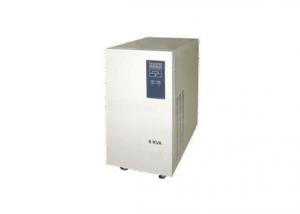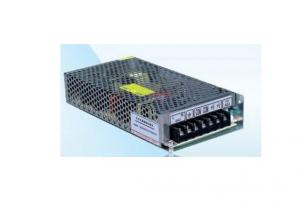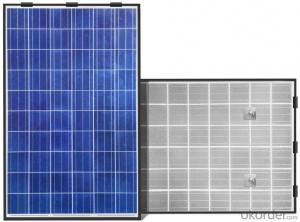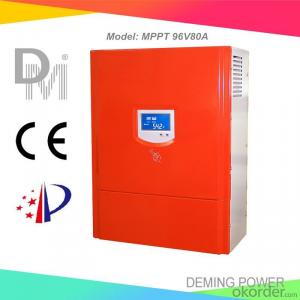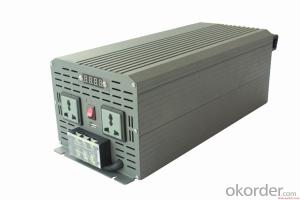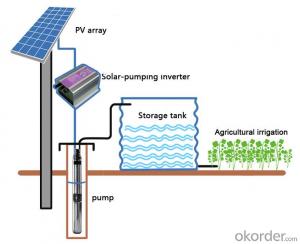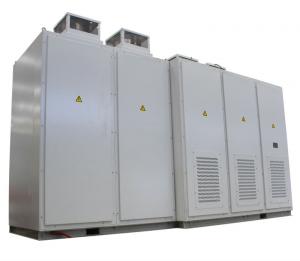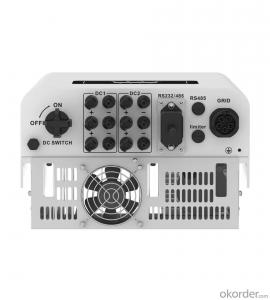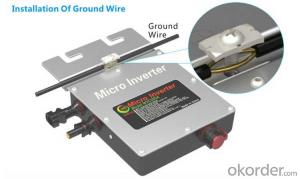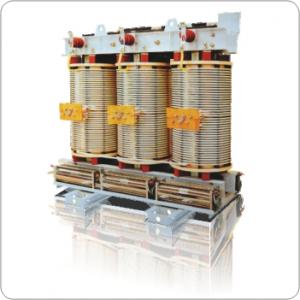Solar Power Inverter 10kw
Solar Power Inverter 10kw Related Searches
10kw Solar Power Inverter Solar Inverter 10kw 10kw Solar Inverter Solar Inverter 10 Kw 10kw Inverter Solar Solar Inverter 10kva 10kv Solar Inverter 10kva Solar Inverter 10 Kva Solar Inverter Solar Inverter Hybrid 10kw Solar Power Inverter 10000w Hybrid Solar Inverter 10kw 10kw Solar Hybrid Inverter 10k Solar Inverter 10kw Hybrid Solar Inverter 10000w Solar Power Inverter Solar Edge Inverter 10kw 10 Kw Hybrid Solar Inverter Solar Inverter 10000 Watt Solar Inverter 10kw Price Best 10kw Solar Inverter 10kva Solar Hybrid Inverter 10 Kva Hybrid Solar Inverter 10kw Solar Edge Inverter 10000w Solar Inverter 10000 Watt Solar Inverter 10kva Inverter Solar System 10kw 3 Phase Solar Inverter Abb 10kw Solar Inverter China 10kva Solar InverterSolar Power Inverter 10kw Supplier & Manufacturer from China
Solar Power Inverter 10kw is a high-performance device designed to convert the direct current (DC) generated by solar panels into alternating current (AC) that can be used in homes and businesses. This efficient inverter is capable of handling up to 10 kilowatts of power, making it suitable for medium to large-scale solar power systems. The Solar Power Inverter 10kw is engineered to optimize energy output and ensure a reliable power supply, making it an essential component in the renewable energy sector.The application of Solar Power Inverter 10kw is vast, as it can be utilized in various scenarios where a stable and clean energy source is required. This includes residential homes, commercial buildings, industrial facilities, and even off-grid applications such as remote communities or emergency power systems. By using Solar Power Inverter 10kw, users can reduce their reliance on traditional energy sources, lower their electricity bills, and contribute to a more sustainable environment.
Okorder.com is a reputable wholesale supplier of Solar Power Inverter 10kw, offering a large inventory of this essential product to customers worldwide. With a commitment to quality and customer satisfaction, Okorder.com ensures that each Solar Power Inverter 10kw is thoroughly tested and meets the highest industry standards. By partnering with Okorder.com, businesses and individuals can access a reliable source for their solar power inverter needs, ensuring that their renewable energy systems operate at peak efficiency.
Hot Products






